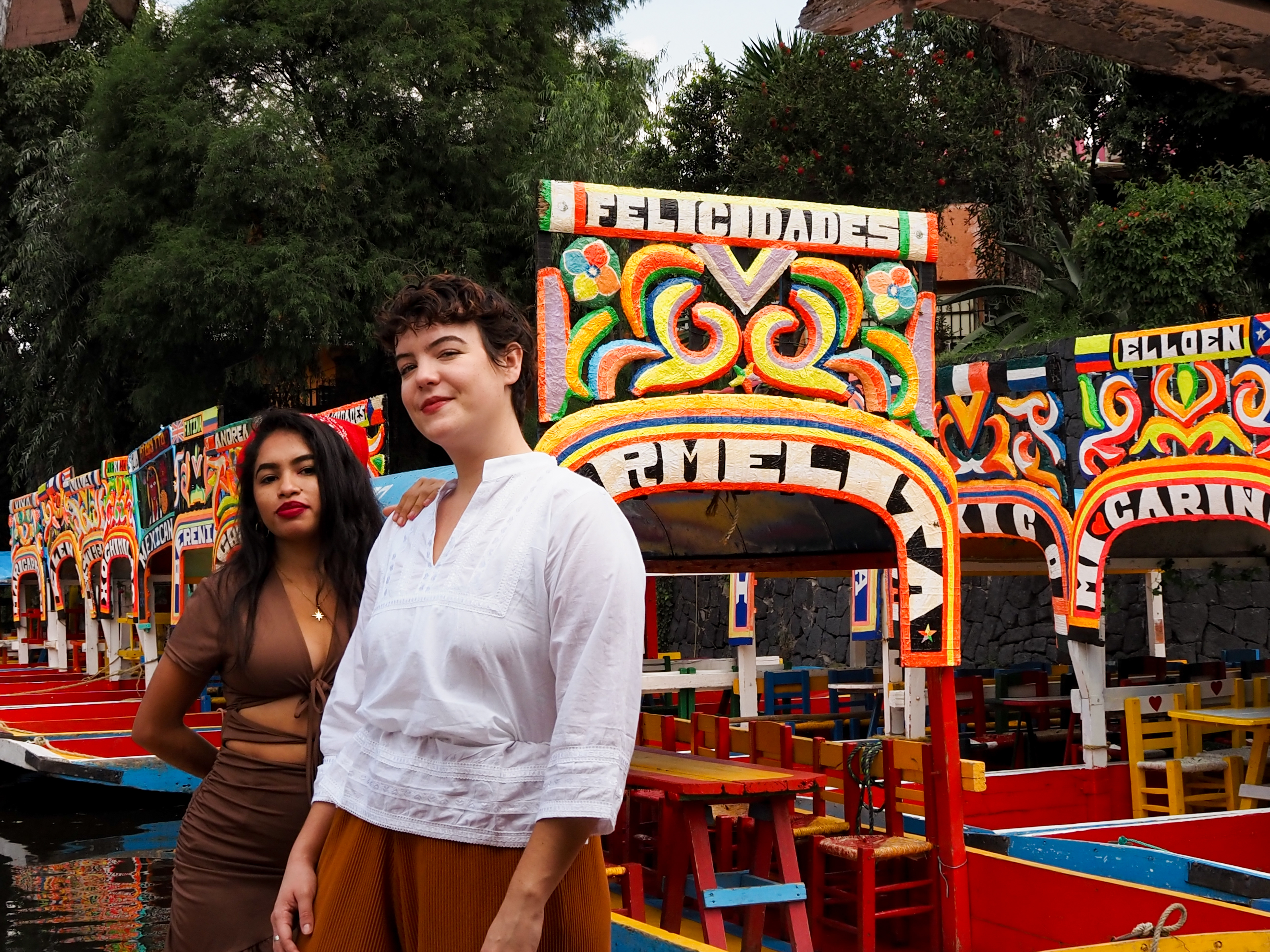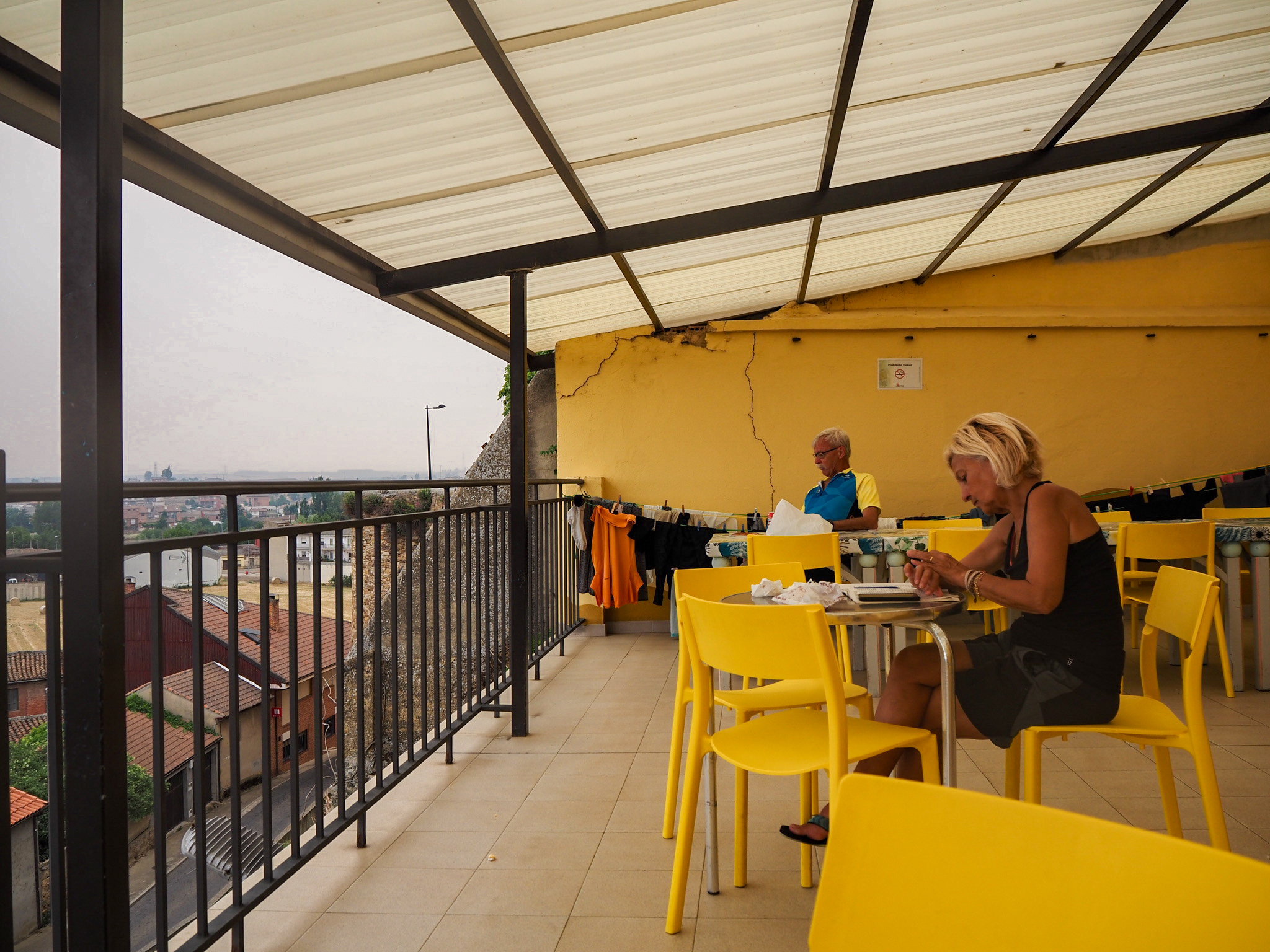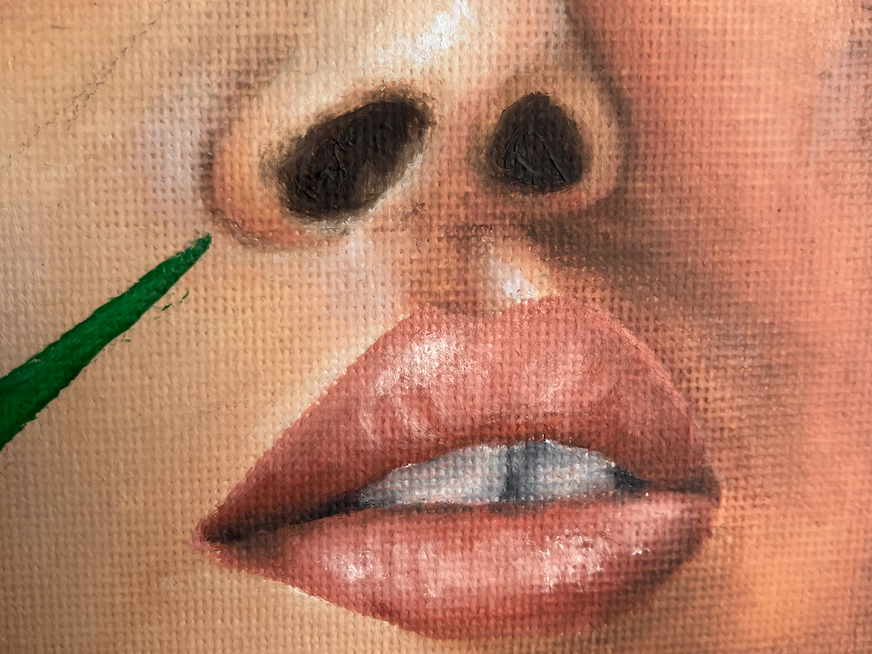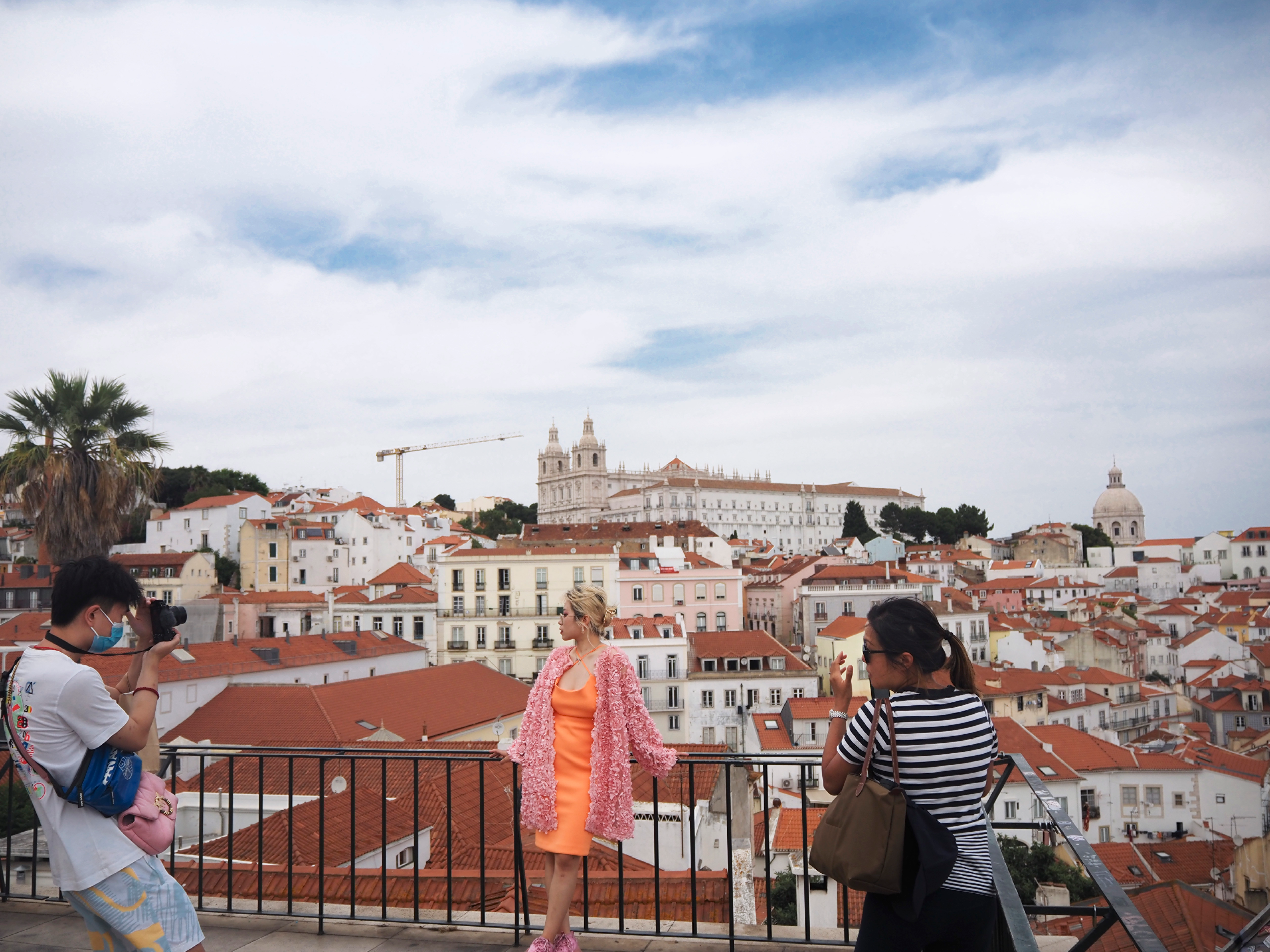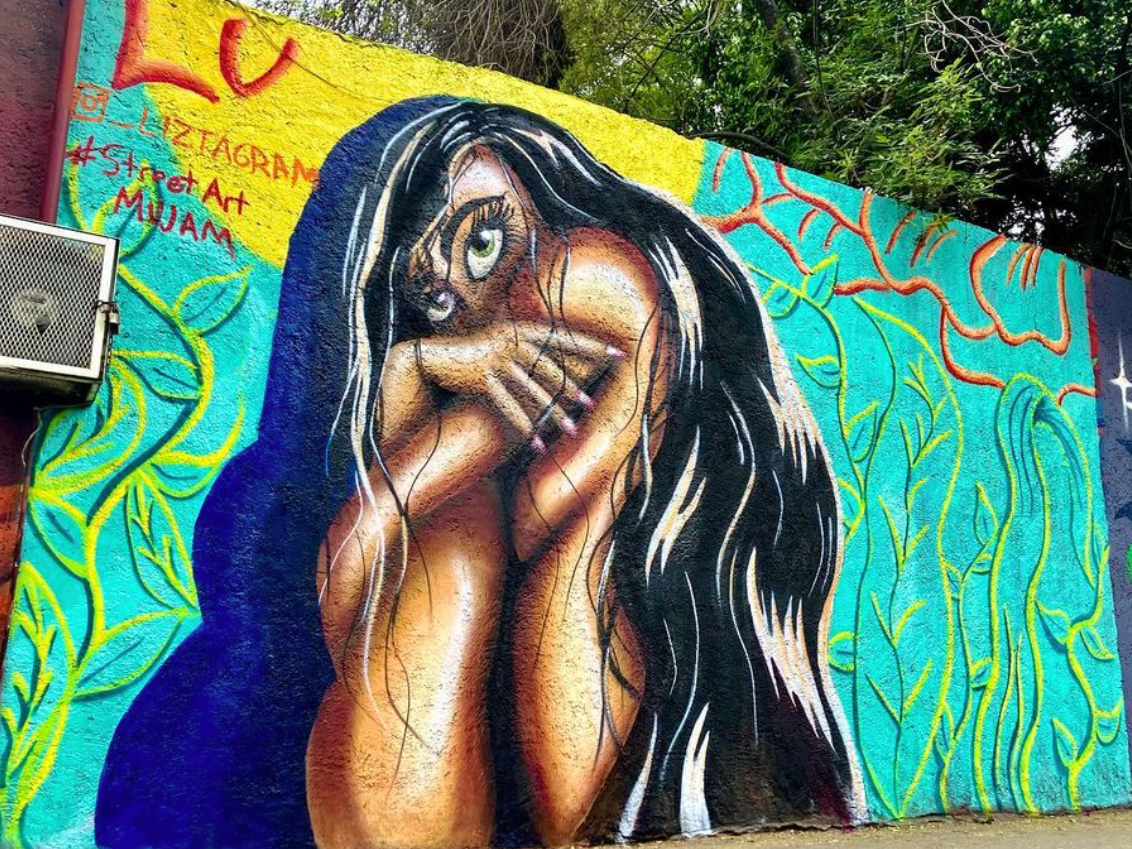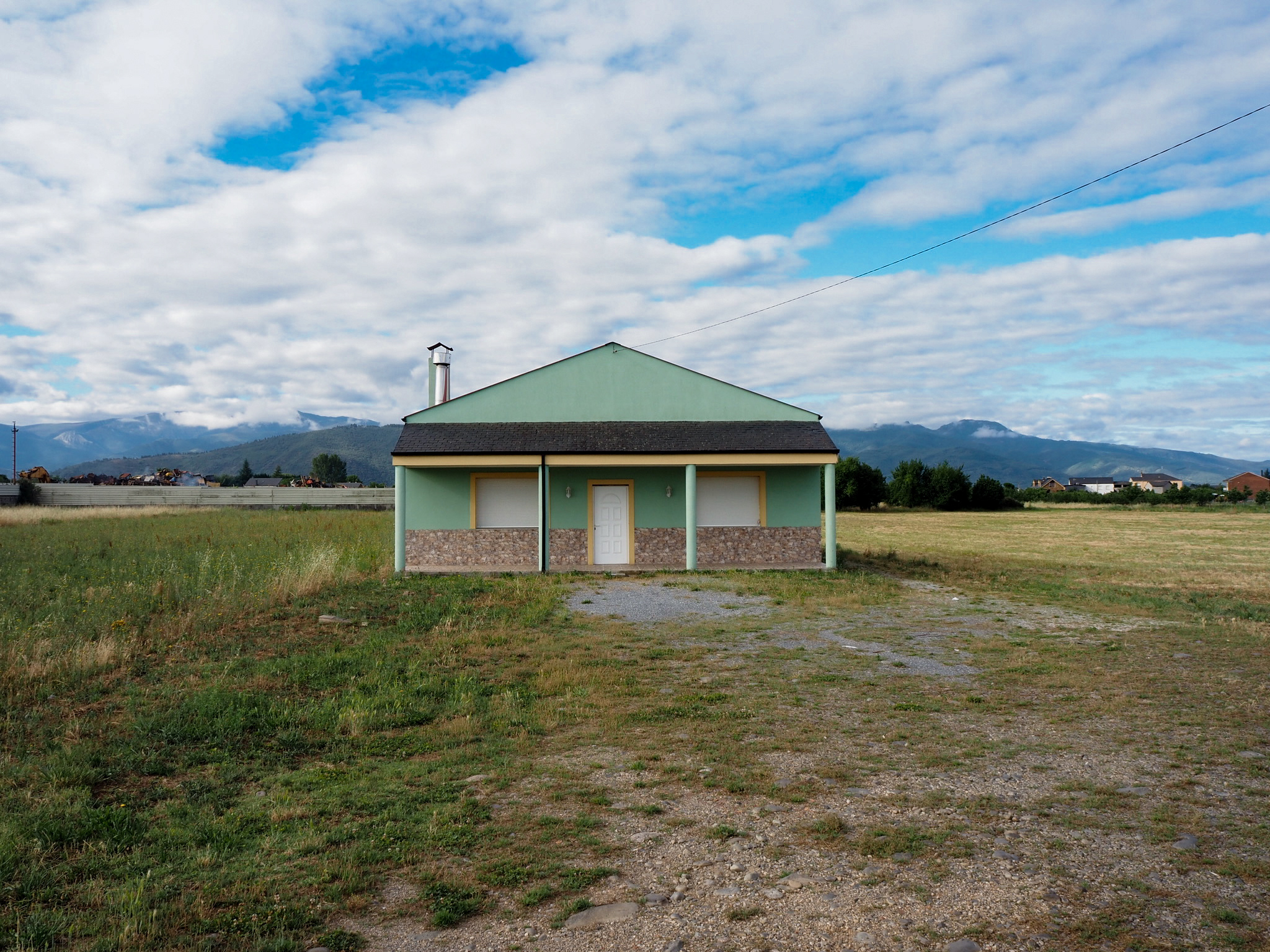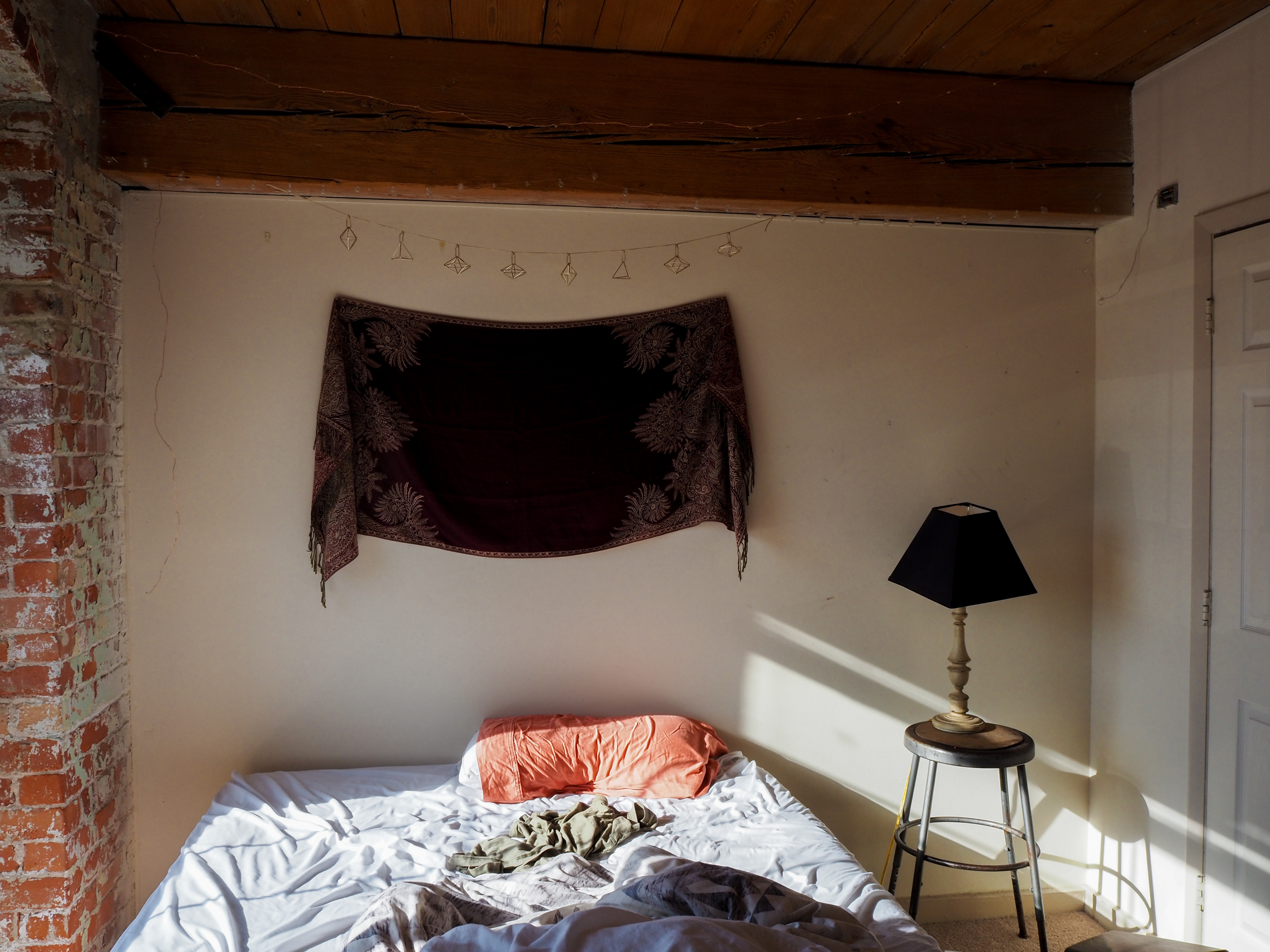Project Overview
I graduated from Duke University in 2022. After writing my thesis on community-based art, specifically collective mural making, I was awarded the Hart Fellowship, funding for a year-long, self-pioneered research project. As a result, a year ago I moved to Mexico City and have worked on my project, Modern Day Muralismo, ever since. This project is a documentation and a testament to the artists and programs that are dedicated to creating public murals in the neighborhoods of La Periferia (the outskirts) of Mexico City, Puebla de Zaragoza and San Miguel de Allende in order to better their own communities.
During this project, I followed around different community art programs with my camera, accompanying artists on their daily routines, learning their processes, and painting alongside them to understand the devotion which they held to their communities. As time went by, I began to see a thread of similarity in the projects that appeared in my photos. As I followed different community mural artists, I found that all of the projects I followed were initiatives which started within communities at the margins of society – communities within Barrios (neighborhoods) often located hours from the city center, with little economic or career prospects for those born into the area, the threat of violence, alcoholism and intergenerational poverty ever-present. Yet in each of these communities, I encountered someone who wanted to change that pattern, that cycle, and devoted their life to achieving this through art. This project follows those change makers, those members who have seen the greater opportunities beyond the barrios they grew up in, yet still choose to stick around on the same streets they were born on, in order to inspire others. Artists determined to give the next generation of children in that area the tool of art to create their own voice and resistance to the prewritten destiny which society has handed them. This project highlights different initiatives which are otherwise often tucked away in the folds of the periferia, living and dying with the people who created them. This project shares their story in order to demand attention and recognition for communities otherwise left out of the picture when we think about big cities and cultural resources.
My hope is that putting these photos on show gives visibility to these stories, and allows viewers to see an example of what community organizing looks like when it is truly by and for the good of the community, and not enacted by outsiders of the community for any kind of policy agenda or ulterior motive. This project guides us through the makers of murals in the margins of modern day Mexico.
A special thank you to all the participating artists, Bill Bamberger, Andrew Nurkin and to the Hart Leadership Program for helping in the production of this project.
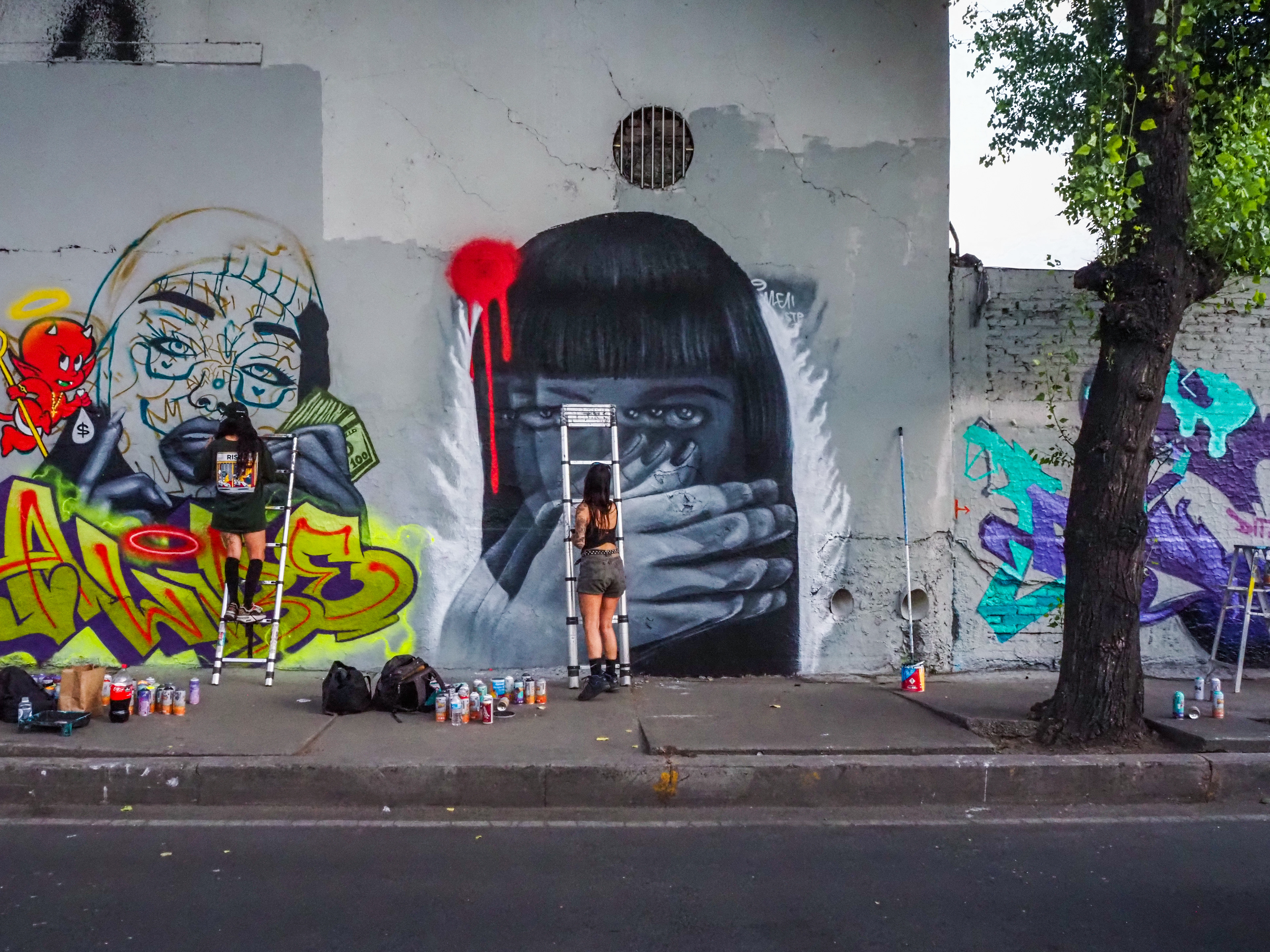
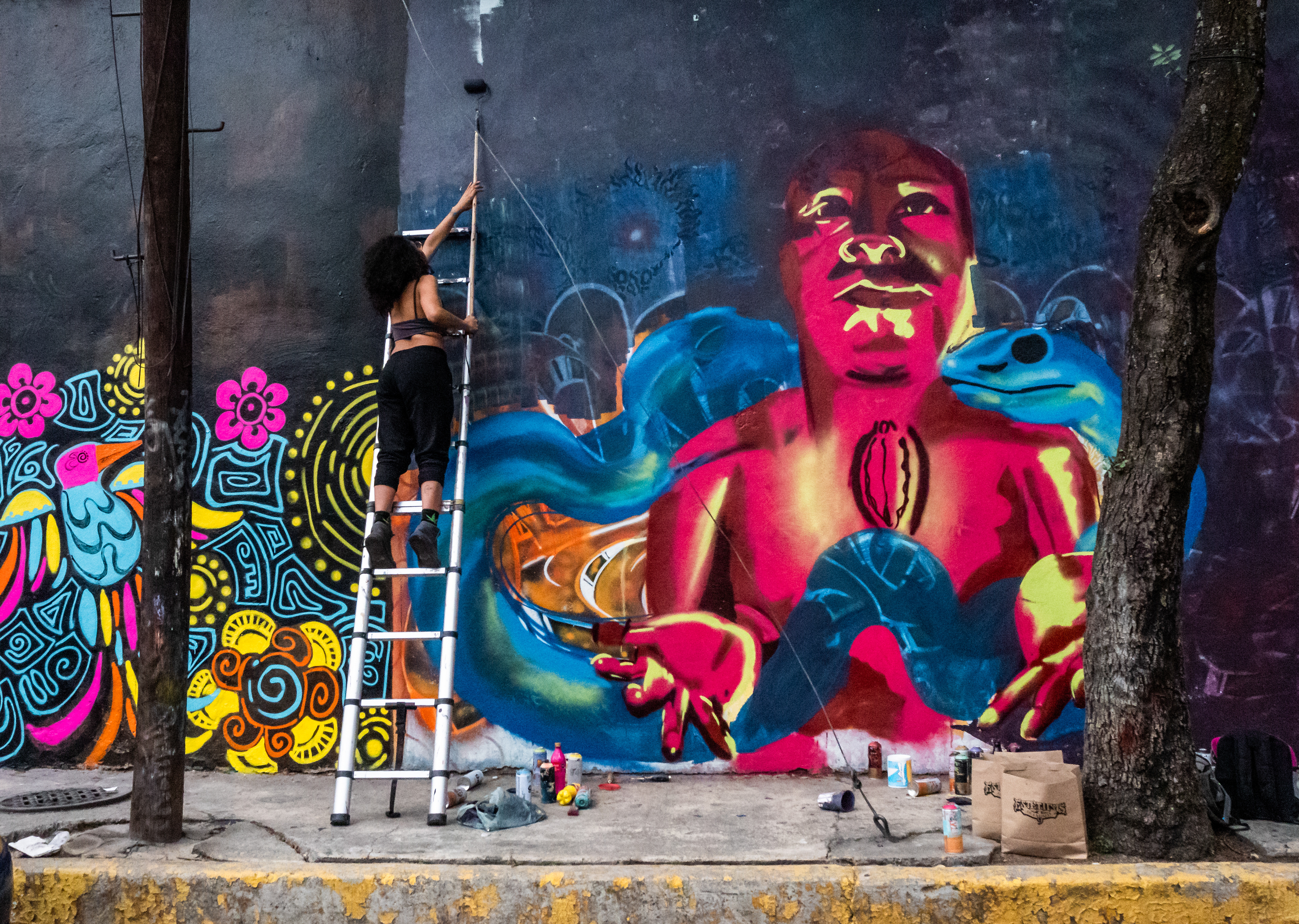
El Callejón de Gañán
El Callejón de Gañán, or Gañán’s alley, is a cultural space in the Xonaca neighborhood of the city Puebla de Zaragoza in the state of Puebla, Mexico. This space serves as a cultural hub for children in a low-income neighborhood, with the goal of introducing art to a community to which historically has not had the opportunities to learn about and practice art from a young age. The Callejón offers free public music lessons, community murals, a library, film screenings and more for the youth of the neighborhood. The Callejón was started by someone who grew up and lived his whole life in Xonaca, but was determined to make the area a better, more encouraging space for the neighborhood's next generation. As a result, the Xonaca neighborhood is now covered with murals and is bringing more and more forms of art to the youth who live there.
The following is a translation of an interview with Hétor Jiménez Vázquez, one of the creators of the Callejón, as well as a Xonaca native.
What is the purpose of the Callejón?
To facilitate access to art and information through lessons about literature, photography, cinematography and music for the youth of the Xonaca neighborhood
What impact has the Callejón had on the Xonaca community?
The Callejón has positioned itself in the neighborhood as a space where children and adolescents can interact in a space free of violence. The influences of literature, photography, film and music have led us to make visible that children and adolescents exist and can transform their environment.
What do you hope for the Callejón in the future?
We hope to be able to build a place where children and adolescents decide how they want to transform their environment. A community transformation from the perspective of children.
How did this project begin?
The project arose as an exercise of citizen participation from an anthropological approach, in which we place the arts as the means for social transformation. Currently, in the space we have a library, a music room and an outdoor cinema. All of these outlets function as a window into other worlds that are possible.
Find the Callejón on instagram @elcallejondelganan
Amo Mi Barrio
Amo Mi Barrio (love my neighborhood) is a project in the outskirts of San Miguel de Allende, a town in the state of Guanajuato which has recently become a major tourist destination within Mexico. This project was started by Omar Alejandro Cortés Cardona, who paints as Boomzer. Boomzer lived in San Miguel de Allende for his entire life and began Amo Mi Barrio to preserve local artists’ voices in the streets, during a time in which all the artistic resources and funds in the city were being devoted to initiatives which furthered tourism, bettering the lives of those passing through the city rather than those who had and would always live there.
The following is a translation of Boomzer’s reflections on Amo Mi Barrio:
Why did you create Amo Mi Barrio?
San Miguel de Allende is a place that is already recognized worldwide for its focus on tourism. I mention this because being a local person of this town, I have experienced how tourism brings both benefits and problems to development within the artistic world. I started painting when I was 13 years old and, since then, we have been fighting for spaces, support and more opportunities within society to continue developing projects. Sadly in recent years, many of these opportunities have been used to advance tourism more than anything else by using urban art, graffiti and murals only as a means to generate capital and not with a positive interest in the society or the neighborhoods, rural communities and conflict zones which could benefit greatly from the implementation of urban art. Murals are instead used to generate sites of tourist interest rather than contribute to artistic development. This led me to think that I should take the [urban art] to places where the municipality was not even interested in working, because, for me, it is important that art is from the people, for the people and not just for a handful of foreigners, but for the local people of the neighborhoods.
How did you begin this project?
This project began in the San Rafael neighborhood, an area close to downtown, but still with multiple stigmas caused by the problems within the barrio such as: fights, drug trafficking, deaths caused by the public violence over drug sales. I saw a great potential in the community, since this is identified as a "barrio", a neighborhood united despite the adversities. I wanted to take the best of the people who were willing to contribute to this project to build on my ideas and invite them to take ownership of this project and not impose ideas as other projects had done.
We made interventions in the different alleys of this neighborhood which served to improve a visual environment for people who only saw darkness in their alleys. We implemented workshops for young people who wanted to try to practice urban art. One of the main ideals is that you can get out of the barrio in different ways, not by the easy way, which is selling drugs and carrying weapons. Only with effort and dedication will you be able to fulfill your dreams, despite being from a barrio.
Find Amo Mi Barrio on instagram @amo_mibarrio
Liberalia Colectivo Itinerante (LCI)
I include the Liberalia Collective, LCI, in this project due to their work in community representation at the Mercado Juarez, or Juarez Market, in Mexico City. While this project takes place closer to the center of a city than any of the other projects featured in this piece, it incorporates a community that still lives in the periferia of the city and commutes up to multiple hours every day to work at this historical market, located in the center of the city. With their project, Liberalia took on the task of putting a face and name to the people who work at the Market. Liberalia took on the task of creating art in this central site which would last and become a part of the community of the market, more than just decorative art.
LCI achieved this by asking workers in the market what they wanted to see - and the answer was themselves! And so, the market stands today covered in over 40 portraits of current and past workers of the market. While working on the paintings, employees of the market would bring photographs to incorporate into the mural, sometimes of themselves, sometimes of deceased ancestors who had also worked at the market. What Liberalia did was truly listen to the community, and use what they heard to create art that transformed and lasted in the community.
The following is a translation of founding member Claudia Barajas’ reflections on what LCI is:
We are a producer of community projects, large format murals, signs and more among others, in collaboration with established and emerging artists. Throughout 12 years we have worked with different collaborators, in 2022 we had the opportunity to be part of the project "Juarez market", in which the history of the markets and specifically the Juarez market was captured.
Find LCI on instagram @transmuta_mx
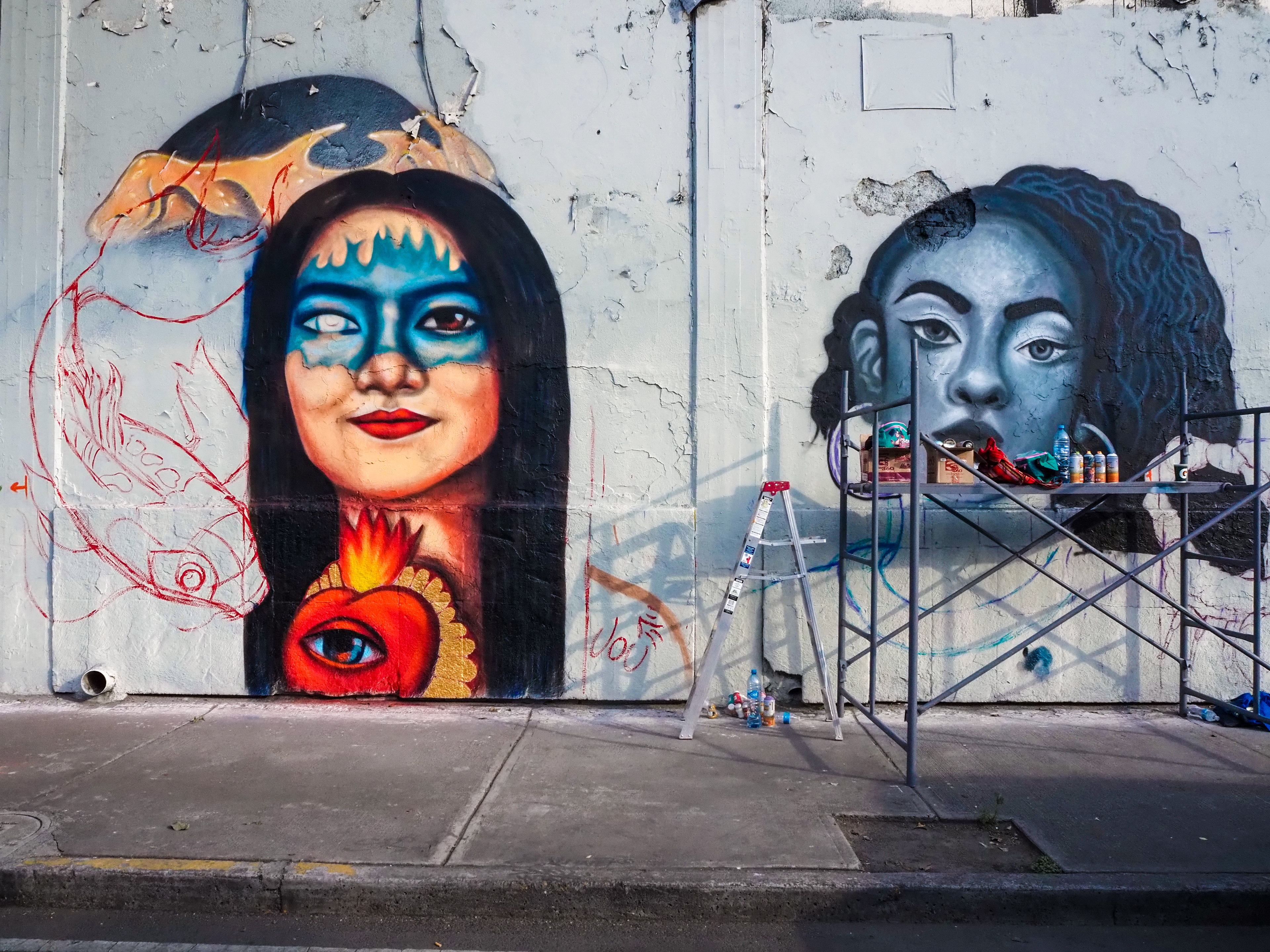
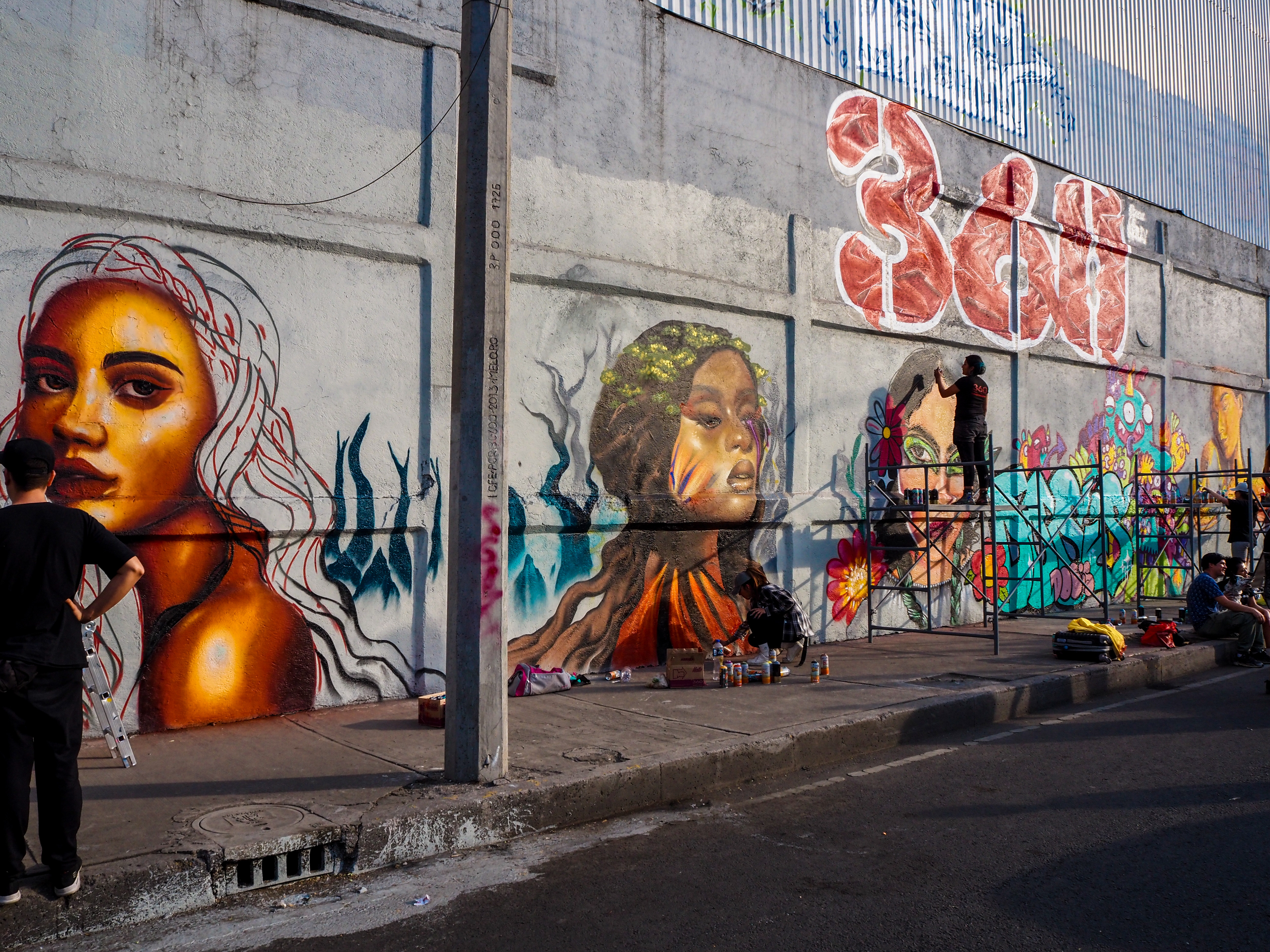
Juntas Hacemos Más
Juntas Hacemos Más (together we make more) is an international graffiti festival for women, which takes place in the perferia of Mexico City. This festival attracts women identifying individuals from across the world to produce murals together, uplifting the female community in graffiti which is so often overpowered by the predominance of men within street art. As I became more a part of the female artist community in Mexico City this year, I saw and experienced the frustration which many women graffiti artists held. Being a vast minority at all of the graffiti spaces they were entering, the male dominated artistic spaces often sexualized the handful of women present and proved to be an uncomfortable and unsafe space for women to create.
Juntas Hacemos Más was created to give women a safe space to create together, allowing the community to come together to express themselves. This festival is organized purely by women from the graffiti scene in Mexico City who aim to bring women together to create a better experience in the future.
Translated words from some of the founders of the festival, Nia Fase, Nath Ice and Key:
What is the purpose of this project?
Key: To encourage teamwork. To incentivize team work, to look for continued collaboration and unification.
Nia: Juntas Hacemos Más arises from the need to create a space to bring together the largest number of girls doing street interventions in Mexico and around the world in a single space where they have the opportunity to work as a team and in collaboration.
Nath: To create a close community among women creators from all over the world,to collaborate together and to know these artists set aside individualism and instead collaborate on a pieces for the festival.
What impact has this project had on your community?
Key: Uniting the styles of many people in one wall, as well as giving more visualization to women.
Nia: It has been held for two consecutive years and has had great acceptance within the different communities, both graffiti and street art, bringing together generations and nations in the same space.
Nath: Firstly, the successful recovery of spaces, providing the community with a much more pleasant view, secondly, I believe that the cultural exchange between different countries with this type of event is successfully carried out, and thirdly, the visibility of the artist's work as well as the coexistence with the environment is a point that makes this festival an important.
What do you hope for in the future of this project?
Key: That the girls who are applying for the call and the selected ones, are constantly working on their own growth in painting. And with the event they will feel motivated to continue learning.
Nia: To be a benchmark in events for women and to be able to take it to more cities and countries.
Find Juntas Hacemos Más on instagram @juntashacemosmas.fest
Colectivo Mujeres de Raiz: Somos Diversidad
Colectivo Mujeres de Raiz is a collective of female urban artists who look to occupy public spaces as a means of expression and protest. This organization exists and operates in Puebla de Zaragoza in the state of Puebla, Mexico. The picture of this group comes from an event they produced in the skate plaza of the Xonaca barrio – a neighborhood on the very outskirts of the city. This event called “Somos Diversidad” (We are diversity) was organized in honor of calling attention to the rights of the queer community. Putting this event in the skate park, a common hub for youth of the area, the hope was to create more awareness and understanding about queer relationships for the youth of Xonaca. During the event “Somos Diversidad,” ten individual murals were made relating, as well as a community mural, there were art classes, a slam poetry exposition and a skate concourse. The hope was to bring the community of Xonaca together through all of these activities.
The collective expresses the purpose of the event in the following translated statement:
Our mission is to give a voice to those who need it, creating an ecosystem where different narratives are valued and respected.
We have freedom of expression as our banner and we believe that the appropriation of public spaces strengthens and motivates us to continue building ourselves without the gender roles assigned to us.
The diversity of opinions and capacity of communicating these opinions through the means of artistic expression is important to us. For this, it is important that we recognize the community and at the same time the unity.
This event will take place in a historic space determined and looking to generate within these reflections and alliances that generate cultural mechanisms in order to restructure social and the appropriation of public spaces.
In Colectivo Mujeres de Raíz we believe that art cannot be qualified and that any form of expression is completely valid, we wholeheartedly admire all artists who are dedicated to muralism because we believe in the appropriation of public space as a suitable way to share a message of peace
Find Colectivo Mujeres Raiz on instagram @colectivomujeresderaiz
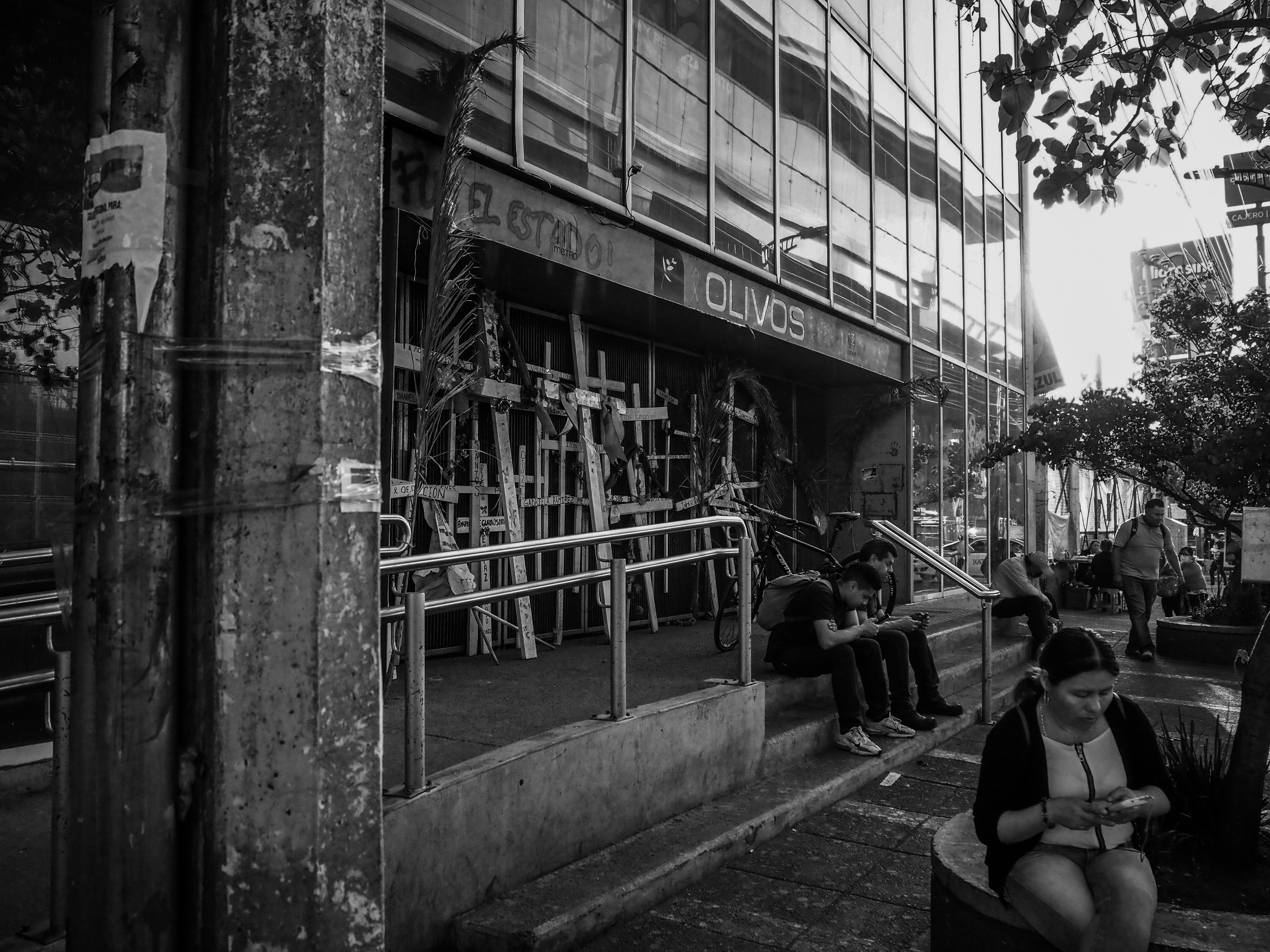
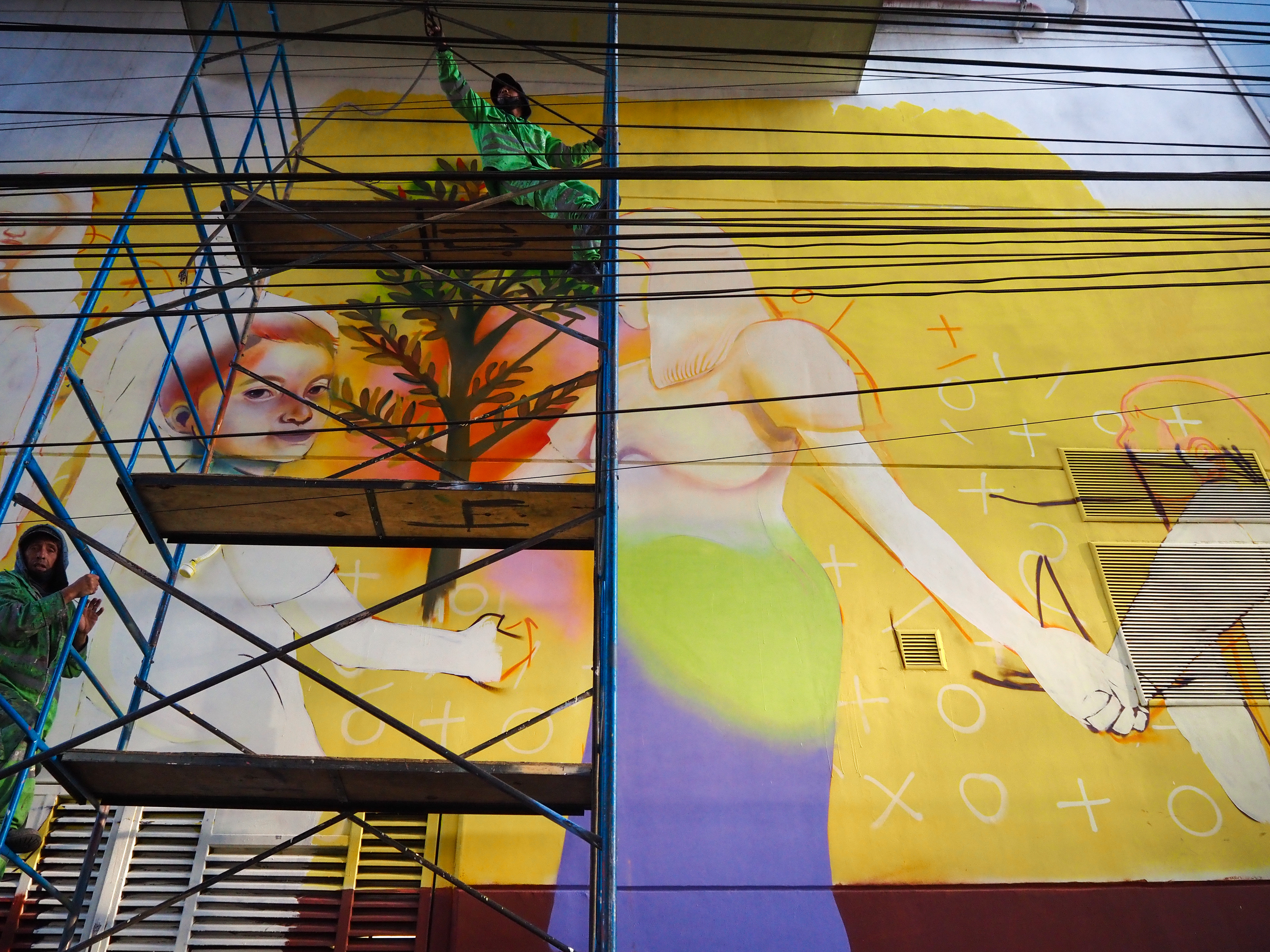
Somos Mexico
Somos Mexico is a program sponsored by the Mexican government which brings massive murals to all different sides of the city. Often working on the periferia, sometimes even in the surrounding state of Mexico, this is a group of artists who always paint things in relation to Mexico and collaborate on teams of government workers to make their murals happen. While Somos Mexico is larger in scale, funds and reach then the other programs I feature here, I wanted to share the specific project which is pictured above, as it is a perfect testimony to how murals can be used to uplift overlooked communities. In May of 2021, on the outskirts of Mexico City, in a very low income and under-resourced area, a metro train derailed, killing 26 people and injuring many more. This event is remembered as a tragedy across the nation and a testament to the struggle that people living in the periferia face. The muralist, Eva Bracamontes took on the challenge of leaving a mark so that passersby would never forget this catastrophe. From the families of victims of the crash, she sourced images of those who had died in the crash. She then painted a massive mural featuring the faces of some of those who had died, encircling an olive tree, because the station on the metro where this occurred was called Metro Olives. I have also included an image of the closed metro station, which has been covered by crosses by the community, in order to understand the context a bit more. Eva’s mural stands beside this collection of crosses, standing in the way of forgetting or silencing what happened and who was affected when the metro derailed.
